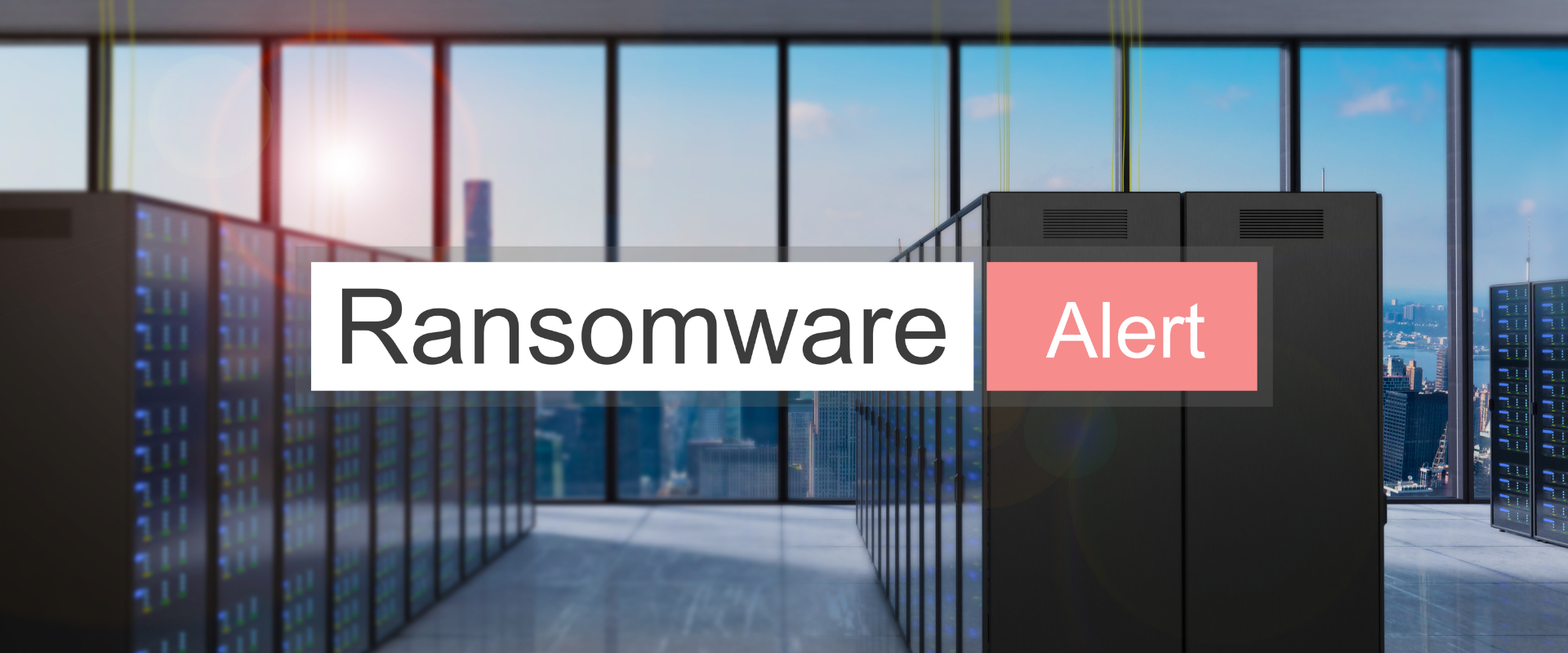
The Rise of AI-Powered Phishing Attacks: How to Safeguard Your Business
By, Webmaster
- 18 Jun, 2025
- 3.5k Views
As the cybersecurity landscape evolves, so do the tactics used by cybercriminals. One of the most alarming developments in recent years is the rise of AI-powered phishing attacks. These attacks, fueled by artificial intelligence (AI), have made phishing more sophisticated, convincing, and difficult to detect. In 2025, businesses must be proactive in adapting their defenses to combat this new wave of threats.
In this blog, we’ll explore what AI-powered phishing attacks are, why they’re becoming more dangerous, and how businesses can protect themselves from this growing threat.
What Are AI-Powered Phishing Attacks?
Phishing has long been one of the most common forms of cyberattacks. Traditionally, phishing attacks involve sending fraudulent emails or messages that trick individuals into revealing sensitive information, such as passwords, credit card details, or personal data. However, AI-powered phishing takes this to the next level by utilizing machine learning algorithms and natural language processing to create highly convincing and personalized phishing messages.
Key characteristics of AI-powered phishing attacks include:
Personalization: AI can analyze data from social media profiles, company websites, and other sources to craft phishing emails that are highly tailored to the victim. This makes the email appear more legitimate, increasing the chances of the victim falling for the scam.
Deep Learning and Natural Language Processing: AI tools can generate emails that mimic the writing style and tone of trusted colleagues or executives. This can make phishing messages appear more authentic, as they are designed to match the recipient’s communication style.
Dynamic Adaptation: AI can dynamically adjust the content of the phishing message based on the recipient’s responses or behavior. For example, if an individual hesitates to respond to an email or provides a partial answer, AI can modify the next message to better coax the individual into taking the desired action.
Why Are AI-Powered Phishing Attacks So Dangerous?
Increased Success Rate: Traditional phishing attacks rely on mass emails sent to large groups of people, but AI-powered phishing is far more targeted. By analyzing personal data and behavioral patterns, attackers can increase the likelihood of their messages being trusted and acted upon. This personalization dramatically increases the chances of success.
Undetectable by Traditional Security Tools: Many traditional security tools, such as spam filters and firewalls, rely on identifying known phishing patterns. However, AI-powered phishing attacks are more difficult to detect because they are constantly evolving and adapting, making them less likely to be flagged by standard security systems.
Exploitation of Human Behavior: AI-powered phishing attacks take advantage of psychological manipulation and human behavior patterns. By understanding the recipient’s habits, emotional triggers, and typical communication style, these attacks are much more effective in exploiting trust and urgency.
How Can Businesses Protect Themselves from AI-Powered Phishing?
Implement AI-Powered Security Solutions: While AI is being used by cybercriminals, it can also be used to protect your business. AI-powered security solutions, such as behavioral analytics and anomaly detection, can help identify and stop phishing attempts before they reach employees. These tools can analyze user behavior and flag suspicious activities in real-time, providing an extra layer of defense.
Train Employees on the Latest Phishing Tactics: Employee awareness remains one of the most effective defenses against phishing attacks. Provide your team with regular training on how to recognize AI-powered phishing attempts, including the use of personalized emails, suspicious links, and requests for sensitive information. Simulated phishing campaigns can also be used to test employees’ ability to spot phishing attempts.
Enforce Strong Authentication Practices: Multi-factor authentication (MFA) is one of the most effective ways to protect sensitive systems from phishing attacks. Even if an attacker successfully steals an employee’s credentials through a phishing attack, MFA adds an additional layer of protection by requiring a second form of identification.
Keep Security Systems Updated: As AI continues to evolve, so too do the tactics used by cybercriminals. Ensure that all of your security systems are up-to-date with the latest patches and improvements. This includes email filtering systems, endpoint protection software, and web security tools that can detect malicious activity and prevent phishing attempts.
Monitor for Suspicious Activity: Implement continuous monitoring of your organization’s network and email traffic. AI-powered phishing attempts often leave behind subtle clues, such as unusual patterns in email communications or unexpected requests for information. By actively monitoring for these signs, you can quickly identify and respond to phishing attempts before they cause significant damage.
Conclusion
As AI continues to advance, it will play an increasingly important role in both cyberattacks and cybersecurity defenses. While AI-powered phishing attacks are a growing concern, AI can also help organizations stay ahead of these threats by automating detection and response. The key to combating AI-driven threats will be to strike a balance between using AI for defense while being aware of how attackers might exploit it.
The future of cybersecurity will be defined by the integration of artificial intelligence, and businesses must adapt quickly to stay one step ahead of cybercriminals.
We hope this article has provided you with valuable insights into the evolving nature of AI-powered phishing attacks and how businesses can protect themselves. For more information or to enhance your organization’s cybersecurity strategy, reach out to us today!
Recent Posts
- Zero Trust Security: Why Traditional Defenses Are No Longer Enough
- Social Engineering Attacks: How Hackers Manipulate Human Behavior to Breach Security
- Business Email Compromise: How to Safeguard Your Organization
- Phishing Evolution: How Modern Attacks Target Your Business
- IoT Security Threats: Protecting Businesses from Vulnerable Connected Devices
Category
- Cyber Security (81)
- Vulnerability Assessment (65)







